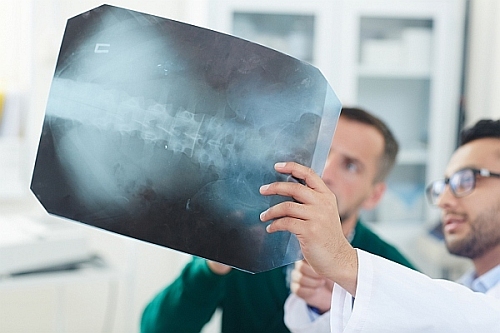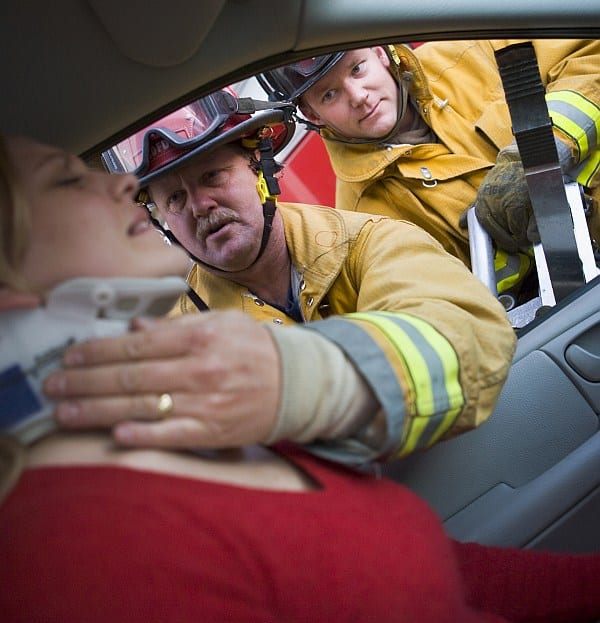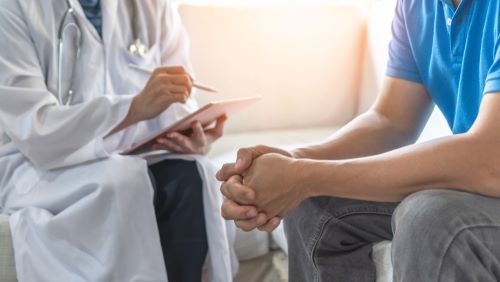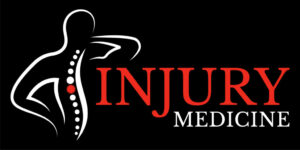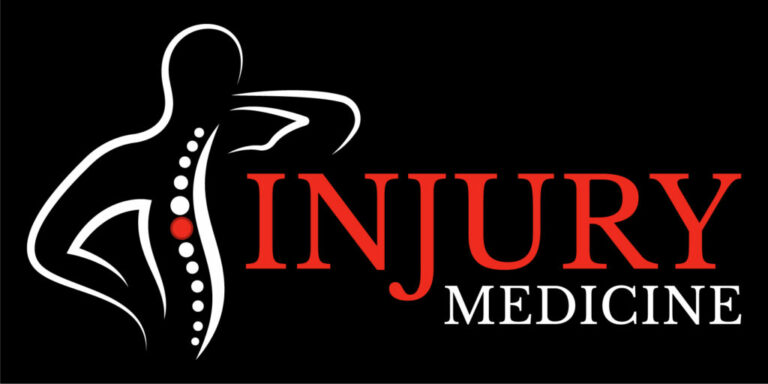- Spine Injury, Spine Injury Treatment
Recovering from a spinal cord injury is challenging, but with determination and the right support, you can overcome obstacles and work toward greater independence. SCI rehabilitation requires a team of specialists and a lot of patience, but many people with SCI can gain strength, mobility, and skills to improve their quality of life.
With time and practice, rehabilitation after a spinal cord injury gets easier. Staying motivated and maintaining a positive mindset will serve you well. Celebrate big milestones and small victories alike—you’ve got this! Focus on progress, not perfection. Independence may look different than before, but you can thrive with SCI.
At Injury Medicine, we provide chiropractic care and pain management for patients with spinal injuries. We also perform orthopedic surgery at our Anderson treatment center and our other South Carolina locations.
Physical Limitations
The physical challenges of living with a spinal cord injury can feel overwhelming. Loss of motor function and mobility are incredibly difficult to cope with, but you can regain independence through rehabilitation and adaptive strategies.
Physical therapy and rehabilitation exercises are essential to rebuilding strength and mobility. With regular practice of range-of-motion exercises, you can maintain flexibility and slow muscle atrophy.
Occupational therapy helps relearn daily activities in new ways, using adaptive devices like wheelchairs, braces, and assistive technology. While progress will be gradual, every small milestone achieved gives hope.
Wheelchairs, walkers, and canes help mobility. Grab bars, raised toilet seats, and shower chairs improve accessibility and safety. Reach extenders can pick up items from the floor or high shelves. All of these tools allow greater freedom and self-sufficiency.
Pressure Sores and Skin Care
Proper skin care prevents painful pressure sores when living with limited mobility. Immobility can reduce blood flow to the skin, causing sores that lead to severe complications if left untreated.
Repositioning every 2 hours is key. Have caretakers help shift your weight and change positions to relieve pressure on areas like the tailbone, hips, and heels. Specialized cushions, mattresses, and wheelchair pads can also help reduce pressure, but repositioning is the most effective.
Carefully check your skin daily for redness, blisters, or open sores. Even small sores can worsen quickly, so early detection is vital. Focus on common pressure points like the tailbone, hips, heels, and elbows. Use a mirror to view hard-to-see areas. Report any skin changes immediately to prevent progression.
Bowel and Bladder Management
Managing your bowel and bladder function is one of the biggest challenges after a spinal cord injury. But with time and practice, you can gain more independence and confidence in this area.
The key is establishing a structured routine for bowel and bladder management. This typically involves catheterization, medications, timed voiding self-expression, or a combination. Work closely with your doctor to develop a routine that fits your needs and abilities.
Catheterization, where a tube is inserted into the urethra to drain urine from the bladder, allows for controlled and regular emptying. Medications like oxybutynin can help reduce bladder spasms and incontinence. Timed voiding trains your body to empty on a schedule. With time, you’ll better recognize signs that your bladder is full or a bowel movement is coming.
Spasticity and Pain After a Spinal Cord Injury
Spasticity refers to stiffness or involuntary muscle spasms that can occur when messages from the brain are interrupted. Spasticity can range from mild muscle tightness to severe, uncontrollable spasms that cause pain or limit movement.
Several treatments can help reduce spasticity. Oral medications, like baclofen or tizanidine, work to relax muscles. Botox injections paralyze spastic muscles. Therapy like stretching, strengthening, or range-of-motion exercises keep joints flexible and muscles strong.
Pain, on the other hand, can be musculoskeletal, neuropathic (nerve-related), or visceral (organ-related). Medications, physical therapy, counseling, or psychological techniques are often used to manage pain. It may take trying different options or combinations of therapies to find relief.
At our Anderson treatment center, we may use a combination of medications, injections, and a spinal cord stimulator to relieve pain. Patients with spinal compression fractures may benefit from kyphoplasty, a minimally invasive procedure that helps stabilize the spine.
Call Our Anderson Treatment Center Today
Recovering from a spinal cord injury is challenging, but with the right medical team on your side, you can get back to living life. At Injury Medicine, our doctors have years of experience helping patients with spinal injuries.
No two spinal cord injuries are alike. Our doctors will evaluate your unique condition and need to develop a customized treatment plan. We use state-of-the-art diagnostics to determine the severity and location of your injury before creating a plan of action tailored to your abilities and objectives.
Don’t lose hope. With determination and the right care team fighting for your recovery, you can overcome a spinal cord injury. Contact us today to discuss developing your customized rehabilitation plan with a doctor. Call us today at 864-866-PAIN for a consultation.
